Help! My Horses’ Eye is Swollen, Watery, or Goopy.
Share this post:
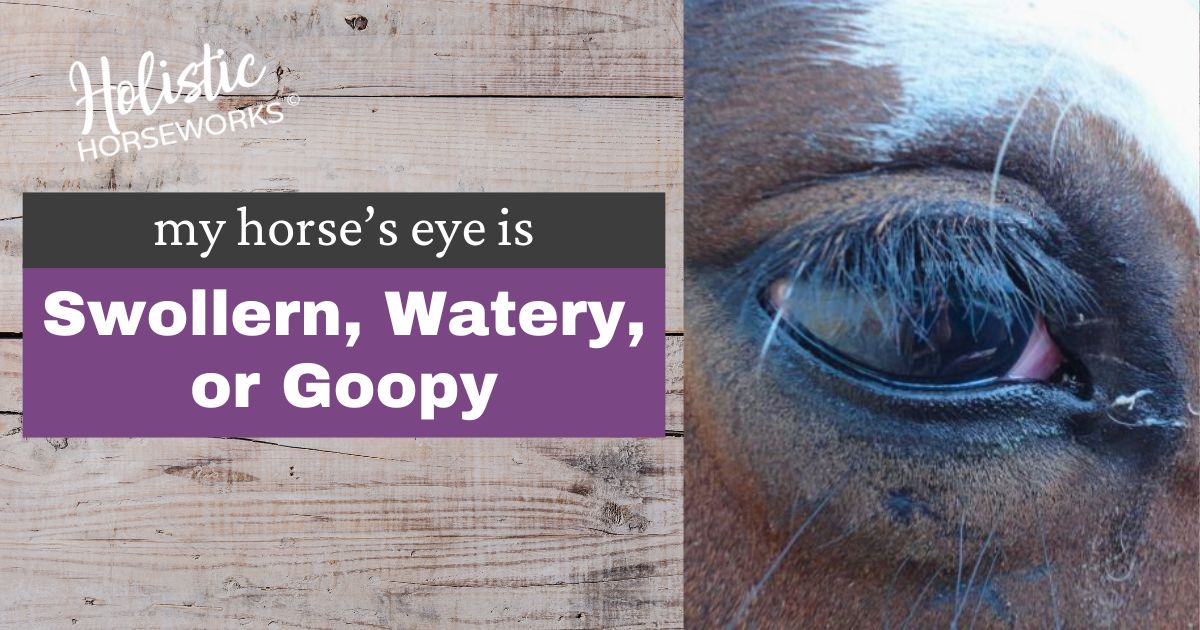
Are you seeing swelling above or below one of your horse’s eyes? Is the inside corner of the eye inflamed and pink? Is the eye constantly weeping, watery, or goopy? These are all symptoms of equine uveitis (inflammation of the eye).
If your vet has diagnosed this issue in your horse, you will be offered traditional treatments ranging from prescription eye medication to surgery. Don’t feel helpless or overwhelmed by this diagnosis! You can learn how to prevent or help improve this issue yourself with our easy-to-learn hands-on horse bodywork techniques and save thousands of dollars on multiple vet visits.
Remember, the best thing you can do is to try. The worst thing you can do is nothing!
Understanding Equine Uveitis
Equine uveitis is an inflammatory condition affecting the uvea, the middle layer of the eye found in horses that can lead to severe discomfort, poor vision, or possible loss of vision if not addressed. It’s extremely important for horse owners to understand its causes, prevention, symptoms, diagnosis, and treatment options.
Symptoms of Equine Uveitis
The symptoms of equine uveitis can vary in severity and may include:
- Eye pain: Signs of discomfort, such as squinting, tearing, or excessive blinking.
- Redness and swelling: Inflammation in the affected eye, including redness of the conjunctiva and swelling of the eyelids.
- Cloudiness: A cloudy appearance of the cornea or inside the eye due to inflammation.
- Sensitivity to light: Horses may become photophobic, avoiding bright light.
- Vision changes: Impaired vision or signs of blindness in severe cases.
Symptoms of head trauma and uveitis can present in your horse as spookiness, head shaking, unability to make smooth turns, hard to halter or bridle, ( may even turn their hind end to you to avoid this), standing with one front limb ahead of the other, beginning of poor coat condition, or even weight and muscle tone issues.
Additionally, if a horse with a history of head trauma is dealing with uveitis, one noticeable symptom is constant head rubbing on their front legs to relieve eye discomfort. Unfortunately this only compounds the issue making it worse as the eye ends up getting fly spray or chemicals in it. So now there is even more inflammation and pain! A vicious cycle that just gets worse.
An official diagnosis can only be made by a veterinarian, but you may notice these indicators of uveitis in your horse. Diagnosing uveitis typically involves a combination of physical and ophthalmic examinations, lab work, and possibly ultrasound imaging
What Causes Equine Uveitis?
Traditional veterinary medicine sites several factors that can contribute to the development of uveitis:
- Infectious agents: Bacterial, viral, or parasitic infections can trigger an immune response leading to uveitis. Leptospirosis, a bacterial infection, is a common cause.
- Trauma: Physical injury to the eye can result in inflammation and uveitis.
- Genetics: Certain breeds, such as Appaloosas, are more predisposed to developing uveitis.
- Systemic diseases: Conditions affecting the entire body, like septicemia, can also cause uveitis.
Beyond these conventionally cited causes, many times we have found that the root cause of a case of uveitis can stem from head trauma. This often happens when a horse pulls back when tied. Why and how would a pullback lead to one of the corners of your horse’s eyes becoming weepy, inflamed, and red? Good question!
When your horse is tied to a rail or trailer and is suddenly startled or scared their natural response is to flee! This results in the dreaded pull-back most of us have experienced at one point or another. The horse is reacting from their deeply ingrained “fight or flight” response. As the panic escalates the horse throws its head high into the air, and the halter (especially knotted rope halters) becomes extremely tight just behind the back of the horse’s occiput (the knobby part at the top of their skull). This causes the occipital area to be pulled down and forward causing compression and flattening. As the horse pulls harder against the halter, they usually twist their head to one side or the other. Thus, this sudden and intense pressure will usually cause more compression to one side of the skull.
The compression affects all of the cranial and facial bones: occipital, parietal, frontal, nasal, temporal, and especially lacrimal (commonly known as the cheekbone). When the lacrimal bone is compressed, it becomes “jammed” and stuck in a position that does not allow the lacrimal duct (tear duct) to drain properly. This is the start of a clogged duct that results in swelling above and below the eye, discharge, and redness. So looking at the issue from a whole-body perspective, we can see that cranial compression is actually a common root cause of uveitis.
Managing Equine Uveitis
Traditional methods of treatment for uveitis can range from the use of anti-inflammatory medications, antibiotics or antifungals, Atropine, or in severe cases surgery. If your vet has prescribed eye medication for your horse and you need help administering it, watch this video.
At Holistic Horseworks, our holistic whole-body approach to horse care teaches you the skills that can help prevent or even recover from this condition, potentially saving your horse from expensive surgery and the possibility of losing one of their eyes due to uveitis.
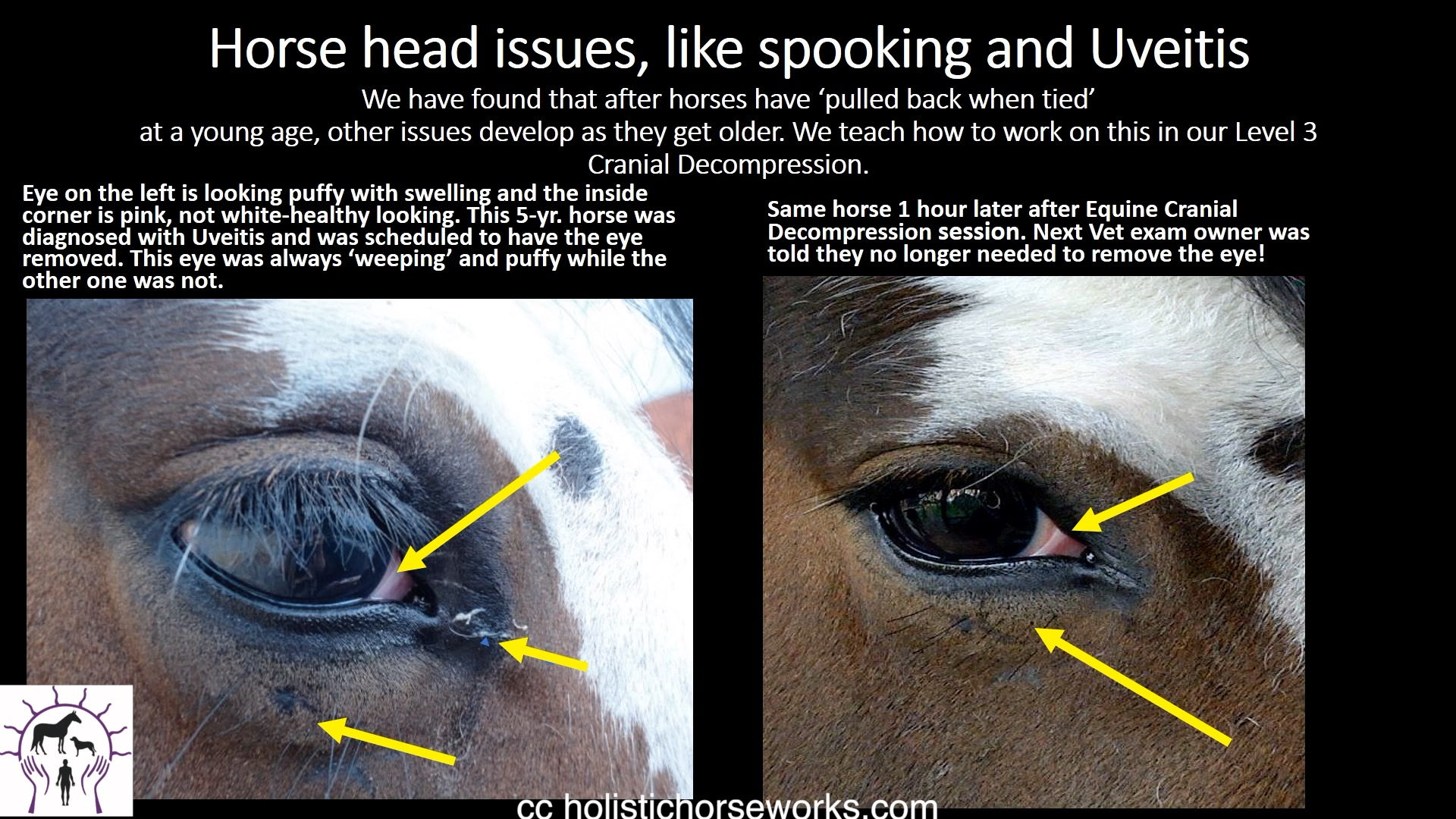
By addressing the root cause of the issue, rather than focusing solely on the affected area, and incorporating our hands-on bodywork techniques, we’ve seen many horses with uveitis have a total turnaround! As part of a successful rehabilitation program for a horse affected by uveitis, the techniques and skills you learn in our hands-on horse therapy programs will significantly improve this condition through:
- Cranial decompression techniques
- Realignment of the cranial and facial bones of the skull
- Listening to your horse to determine its vitality
- Releasing trapped emotions
- Holistic products for detoxification to rid the body of infection or chemical interactions
- Communicating with your horse to offer the correct type and amount of supplementation
If you are not familiar with Craniosacral therapy and its benefits click here to read more and discover how these gentle and soft techniques can resolve a multitude of issues in the body.
Learn how to begin addressing all the issues that your horse is facing starting with our Level 1: Equine Musculoskeletal Unwinding hands-on horse bodywork clinic or online home study course! When you progress to Level 2: CranioSacral Unwinding and Advanced Applied Kinesiology, that’s where that’s where we start learning how to help head trauma and compression. Then, only available in person at a hands-on clinic is Level 3: Equine Cranial Decompression, the final step in releasing the horse’s skull and restoring their entire body to proper balance, form, and function.
Through our equine care programs and bodywork therapy clinics, you will discover how to alleviate all areas of restriction and pain from head to tail that contribute to uveitis and a wide variety of other horse health issues. Using our soft, gentle, and easy-to-learn methods, you can help your horse regain vitality, suppleness, and dynamic performance abilities, transforming them into a happy and contented partner once again.
Hands-On Horse Bodywork Clinics (In-Person)
The reason why your horse is having these seemingly unsolvable issues is that most people you go to for advice— including vets, trainers, and many equine professionals— are only treating the symptoms, NOT the root of the issues. Learn how you can look at your horse from a better perspective, HOLISTICALLY! As well as what you can do to help your horse yourself right in your own barn that will turn them into the willing and agile equine partner of your dreams.
Equine Cranial Sacral Energy Work (Online Video)
If your horse has ever banged its head, fallen, or pulled back when tied at some time in their life it could cause the Cranial bones to shift (Google Equine Cranial Sacral). When a horse “pulls back” while tied to a solid fixture, the halter applies a thousands of pounds of pressure to the top of the head while the horse is struggling to free itself. Years later the horse might come up with mysterious issues that can be found on the Equine Cranial pages. Uveitis, head tossing, spooking, allergies, autoimmune, and more are signals of this impact. This video (formerly “Horses With Headaches”) helps you learn energy hand holds for Cranial Sacral releases that has proven to help my two horses, as well as hundreds of others all over this planet.
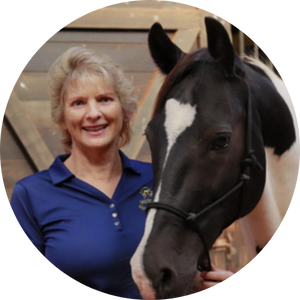
About the Author
April Love
Founder of Holistic Horseworks & Horse Healers Academy
Owner of Holistic Horseworks LLC, April Love empowers horse lovers to take healing into their own hands in order to keep their horses healthy, happy, and rideable through their 30’s while saving thousands of dollars on vet care. She has created a unique IICT (International Institute for Complementary Therapists) approved methodology that she teaches through in-person, hands-on clinics as well as virtual home study courses. April has also trained and vetted many instructors who share this practice worldwide.
As a gift to you, please enjoy a FREE copy of “Horse 101: Everything You Wish You Knew Before You Bought Your First Horse” www.horseacademy101.com
More Posts
Foals Need Bodywork, Too!
Early bodywork can profoundly impact your foal's development, ensuring they grow into healthy, balanced, and well-adjusted adults. Let's talk about essential timing and techniques of early bodywork, helping you recognize signs of misalignment and understand the benefits of starting bodywork from a young age.
Summer Heat and the Best Electrolytes for Horses
As the summer heat sets in, it's important to consider your horse's electrolyte needs. Proper electrolyte supplementation can help keep your horse happy, healthy, and performing their best even in the hottest weather. Discover the importance of electrolytes and get our top recommendation for the best electrolytes, along with
Help! My Horses’ Eye is Swollen, Watery, or Goopy.
Are you seeing swelling above or below one of your horse’s eyes? Is the inside corner of the eye inflamed and pink? Is the eye constantly weeping, watery, or goopy? These are all symptoms of equine uveitis (inflammation of the eye). You can learn how to prevent or help
My Horse Has Kissing Spine! What Do I Do?
Wonder if your horse may have kissing spine? Or have you just received a “kissing spine” diagnosis from your vet? Don’t give up hope! Learn to improve this issue yourself while saving thousands of dollars on additional veterinary treatment options and medications. Let’s explore what causes kissing spine, its
Summer Time Tune-Up for Your Horse
As the days grow longer and the temperatures rise, it’s time to give our equine companions the extra care they need to thrive during the summer months. From hoof health to hydration and performance support, here’s a quick guide to tuning up your horse for the season ahead.
The Equine Ribcage: Anatomy, Biomechanics, and Connections
Get more power + stamina! The ribcage has a vital role in your horse's overall function. Its extensive connections to breathing, intestinal health, the psoas muscle, and spinal health significantly enhance your horse's performance capabilities.
Biomechanics of the First Rib
Ready to explore some insightful and helpful biomechanics info about your horse’s shoulder, first rib, front limbs, and hooves? Mastering this knowledge can keep your horse happy and moving freely well into their 30s! How do you know if your horse dealing with troublesome issues in these areas? Read
Tips to Tune-Up Your Horse in Spring
As the vibrant colors of spring emerge and the weather warms, horse owners are gearing up to provide their equine companions with the care they need for the season ahead. Here are some essential spring tune-up tips to keep your horse happy, healthy, and ready for action.
Maintaining Healthy Weight in Older Horses with Vegan Fat Sources
In this episode, our founder, April Love, shares valuable information on maintaining the well-being of older horses, focusing on a simple recipe for a vegan fat source. The discussion delves into practical tips for horses with missing teeth, difficulty gaining weight, and the importance of identifying and addressing insulin
The Hyoid and First Rib Connection
Many people talk about the hyoid as the cause of an issue. The equine industry has established that the hyoid is connected not only directly to the tongue, forelimb, and poll but also indirectly to the hindquarter. However, looking at this from a holistic perspective, it is also important




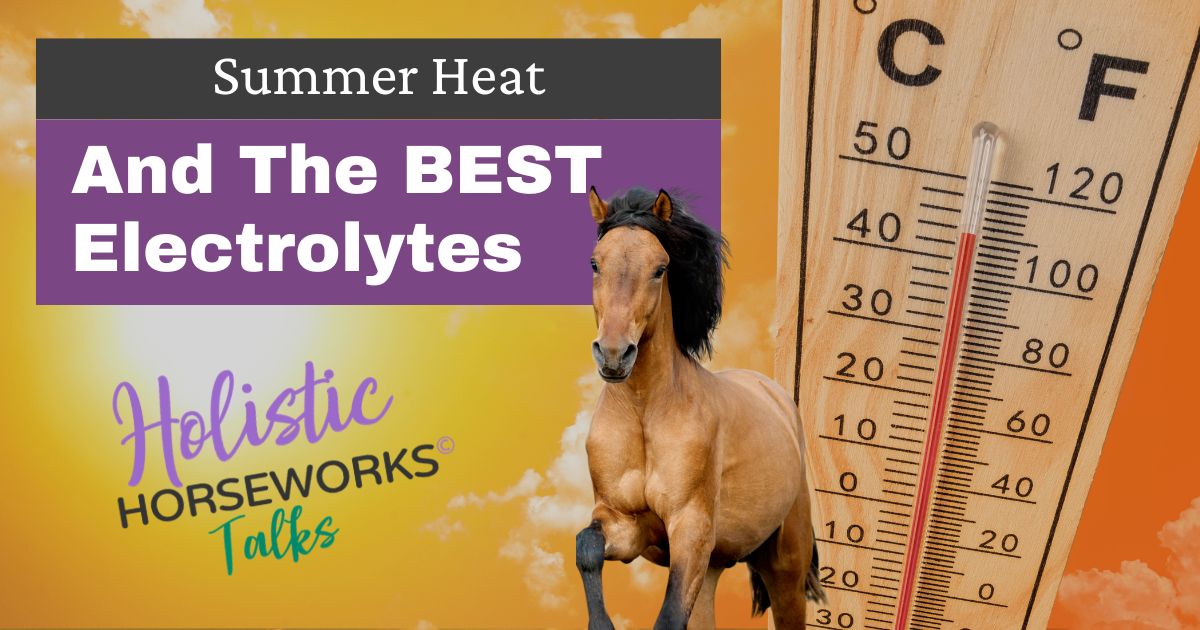
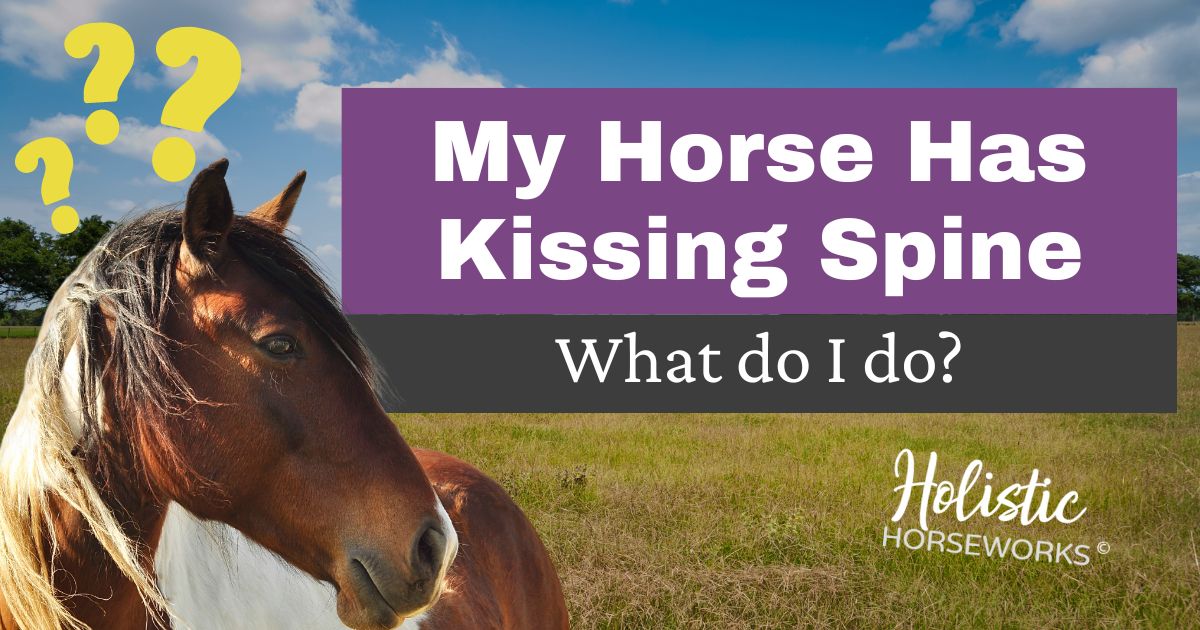
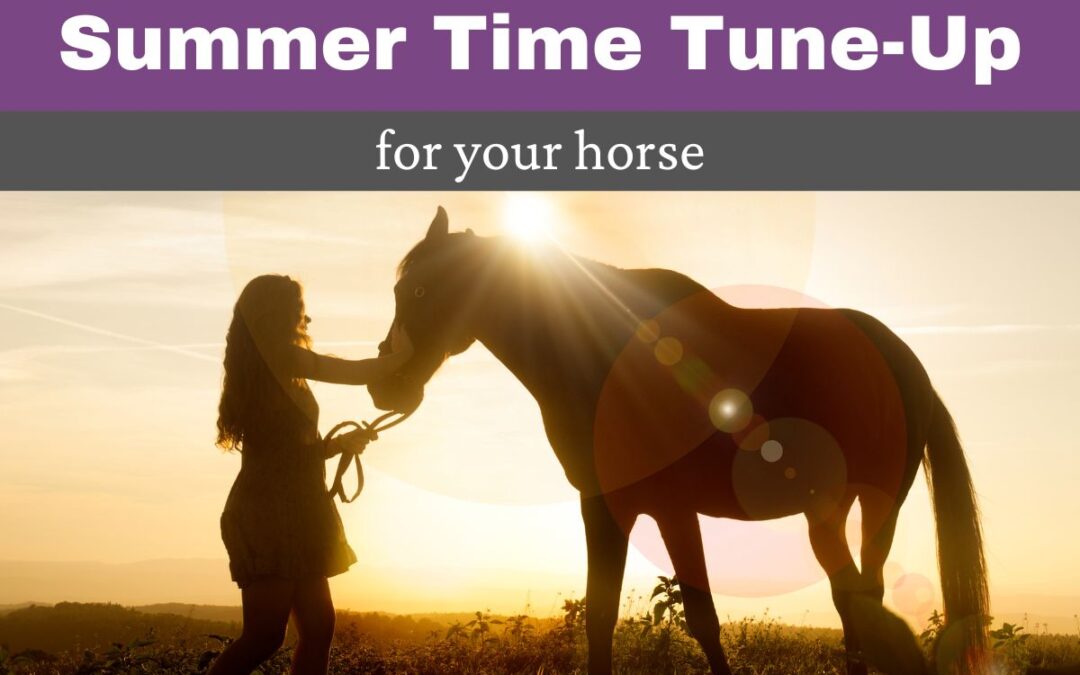
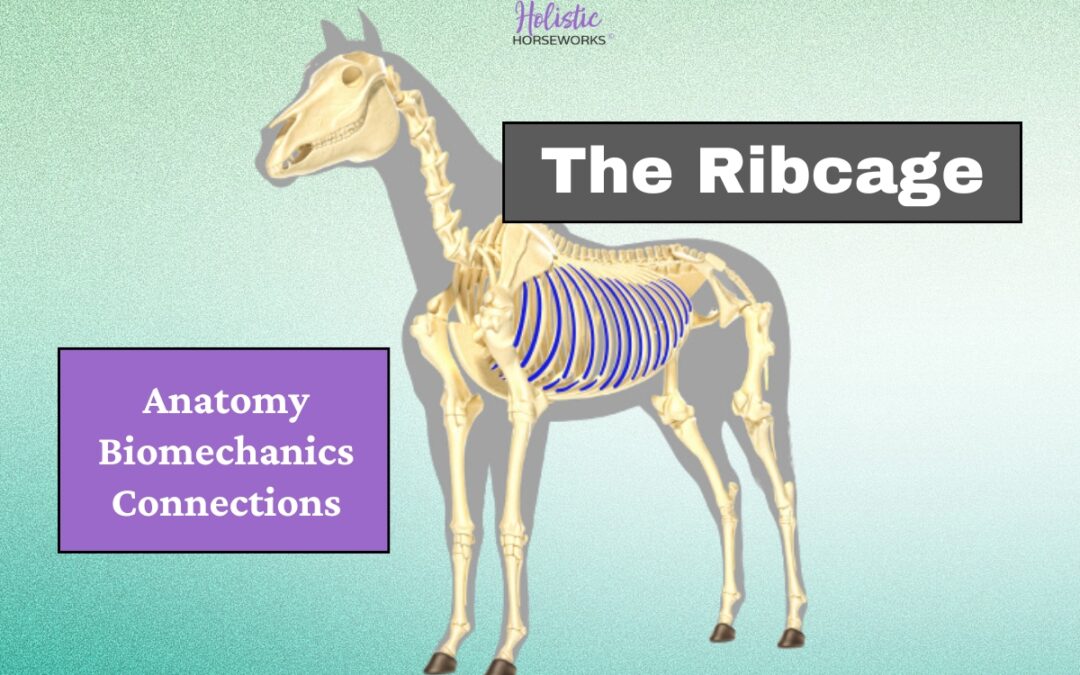
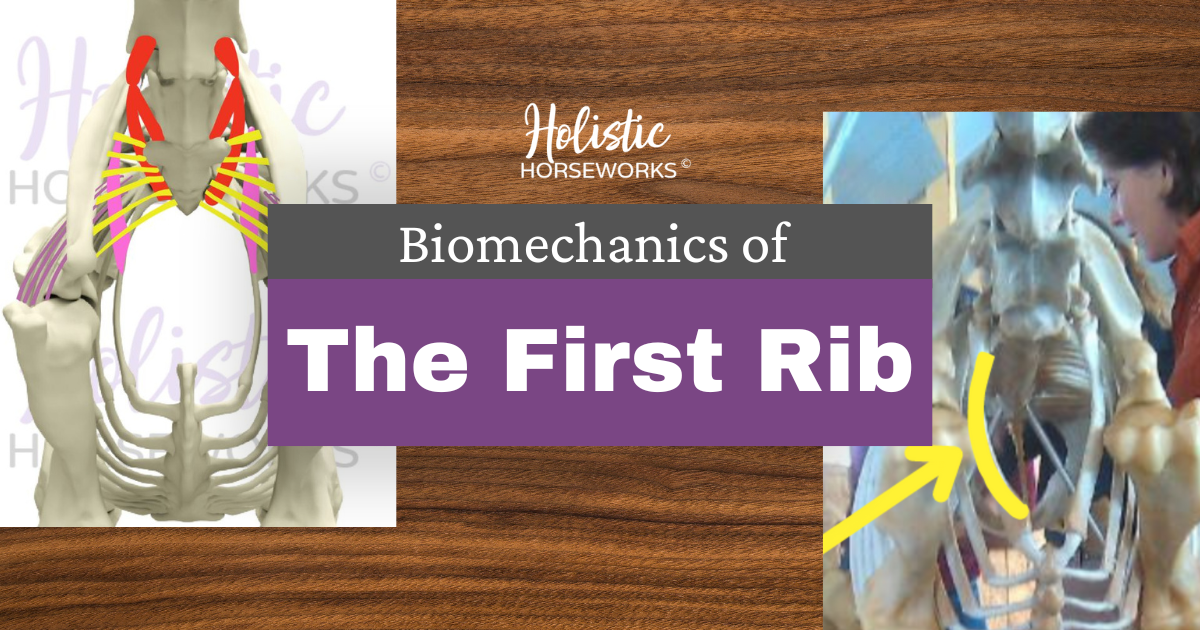
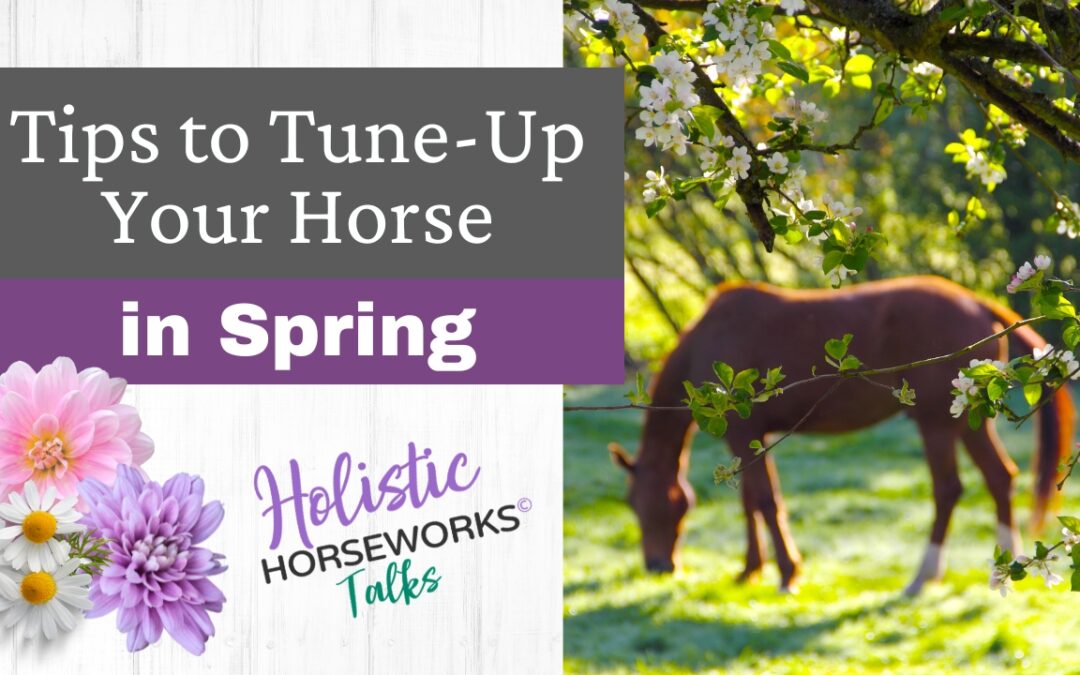
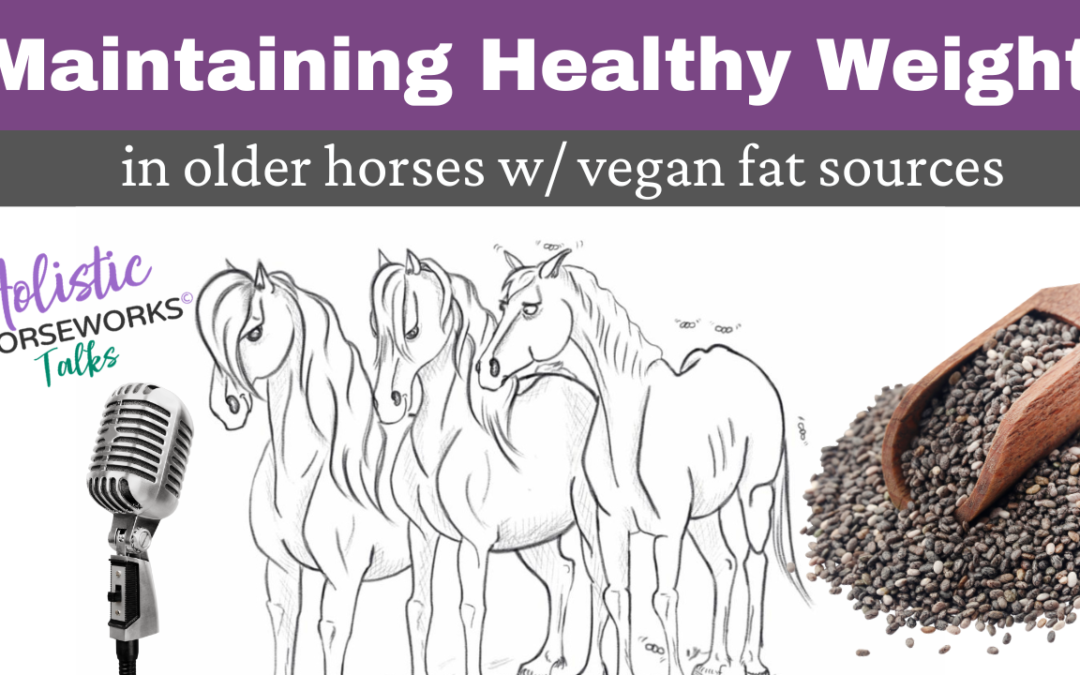
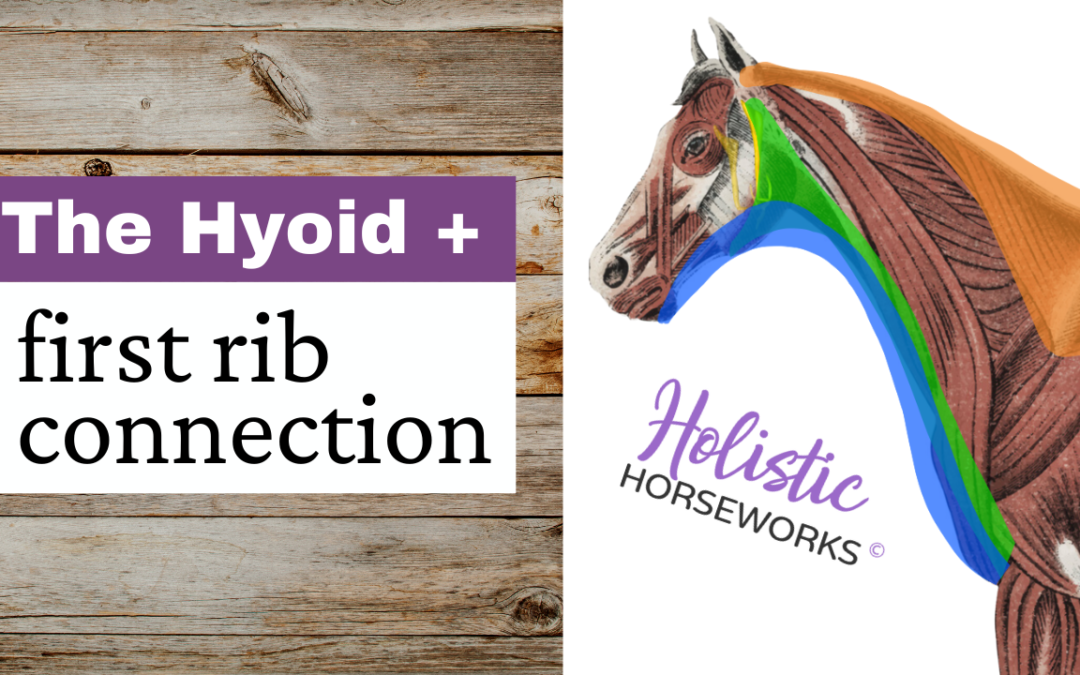
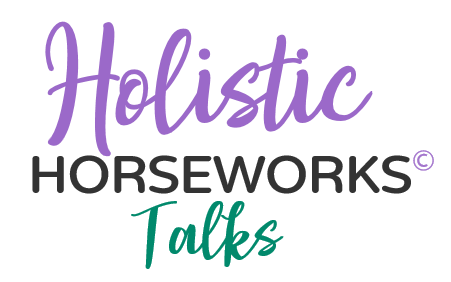
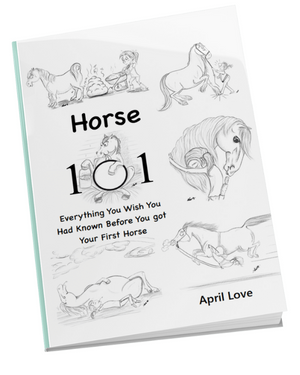
![Complete Level 1 & Level 2 Home Study + Private Training Package [NO DVD]](https://holistichorseworks.com/wp-content/uploads/2022/08/Level-1-and-Level-2-complete-home-study-and-training-package-400x400.jpg)
![Level 1 "Equine Musculoskeletal Unwinding" Home Study -Watch Instantly [NO DVD]](https://holistichorseworks.com/wp-content/uploads/2022/08/Level-1-Home-Study-400x400.jpg)
![Level 2 “CranioSacral Unwinding & Advanced Applied Kinesiology” Home Study - Watch Instantly [NO DVD]](https://holistichorseworks.com/wp-content/uploads/2022/08/Level-2-Home-Study-400x400.jpg)
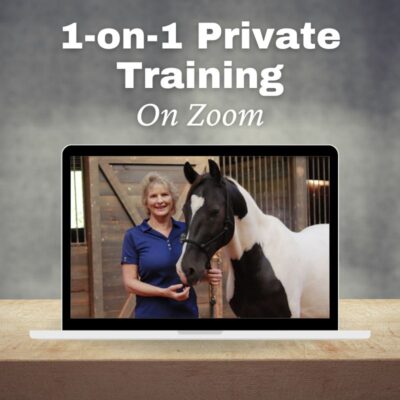
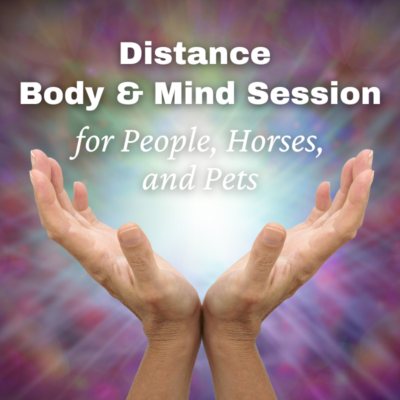
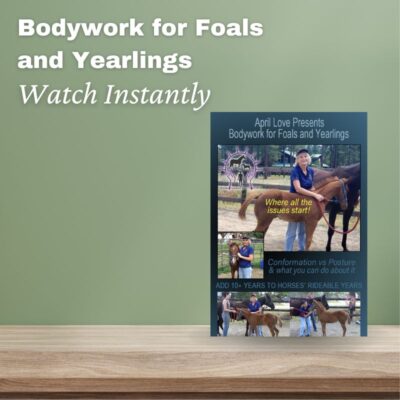
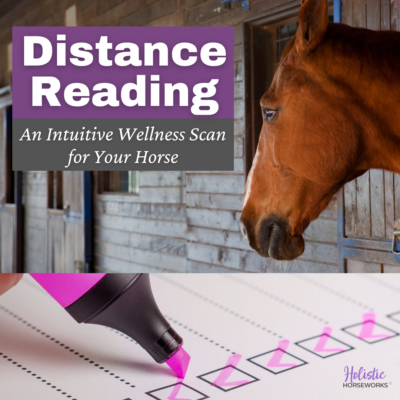
![Equine CranioSacral Energy Work -Watch Instantly [English and French]](https://holistichorseworks.com/wp-content/uploads/2022/09/equine-cranial-sacral-energy-work-watch-instantly-400x400.jpg)